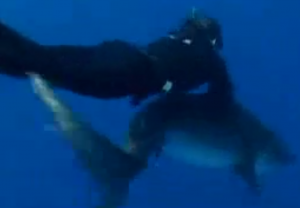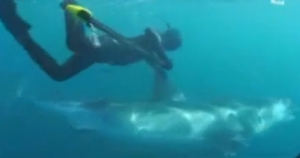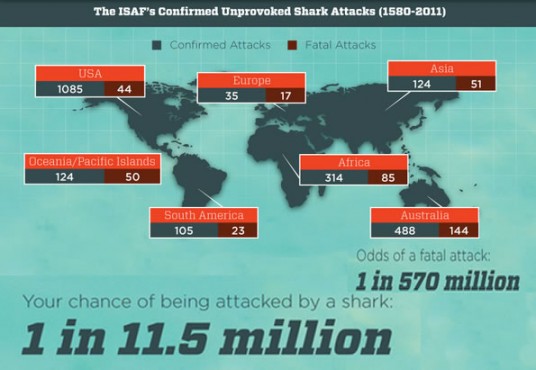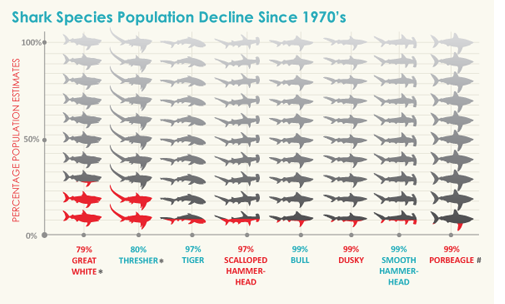Always keep pressure on the rod tip. Never go slack. Steady consistent pressure. Pump up slow. Reel down smoothly and quickly. Build a steady rhythm, and always keep pressure on the line. Breathe. Pump the rod tip up slow, and crank down. Don’t horse your fish, and walk with him around the boat.
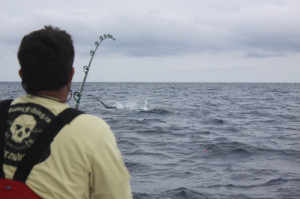 The sailfish is referenced as the world’s fastest fish. Technically, it was the indo-pacific sailfish, but we know our sailfish here in the atlantic rival these speeds as well. There’s nothing quite like the sight of a billfish blasting across bluewater charging your boat at a speed faster than any man could hope to run.
The sailfish is referenced as the world’s fastest fish. Technically, it was the indo-pacific sailfish, but we know our sailfish here in the atlantic rival these speeds as well. There’s nothing quite like the sight of a billfish blasting across bluewater charging your boat at a speed faster than any man could hope to run.
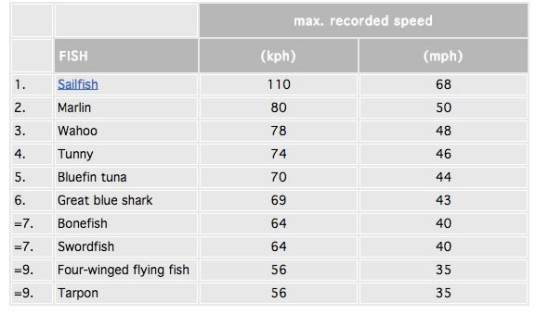
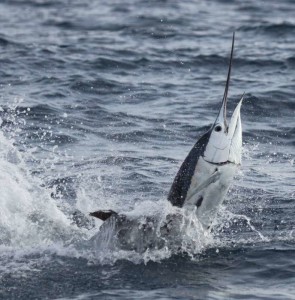 I’m writing this post for my customer. My guest. My fellow angler who joins me in the never ending quest for that elusive catch of a lifetime. My brothers and sisters who share my blue water affliction. The people that have helped keep the dream alive in a difficult business to thrive in. I assure you we do it for the love, and not the money. It’s a thank you to those of you who have trusted us in pursuit of this prodigious pelagic predator.
I’m writing this post for my customer. My guest. My fellow angler who joins me in the never ending quest for that elusive catch of a lifetime. My brothers and sisters who share my blue water affliction. The people that have helped keep the dream alive in a difficult business to thrive in. I assure you we do it for the love, and not the money. It’s a thank you to those of you who have trusted us in pursuit of this prodigious pelagic predator. 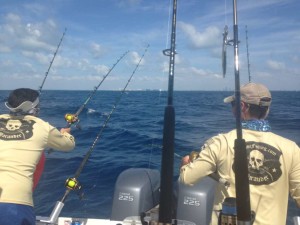 The fight of a trophy fish is a bucket list experience. Seeing the dip of the rod tip as line peels off a screaming drag. These are the things that keep dedicated sport fisherman exploring the great blue beyond. Landlover’s laying on the lazyboy will never know the excitement of a violent kitefishing bite. The patience paying off with a big bait being blasted out of bluewater in a brutal breaching bite.
The fight of a trophy fish is a bucket list experience. Seeing the dip of the rod tip as line peels off a screaming drag. These are the things that keep dedicated sport fisherman exploring the great blue beyond. Landlover’s laying on the lazyboy will never know the excitement of a violent kitefishing bite. The patience paying off with a big bait being blasted out of bluewater in a brutal breaching bite. 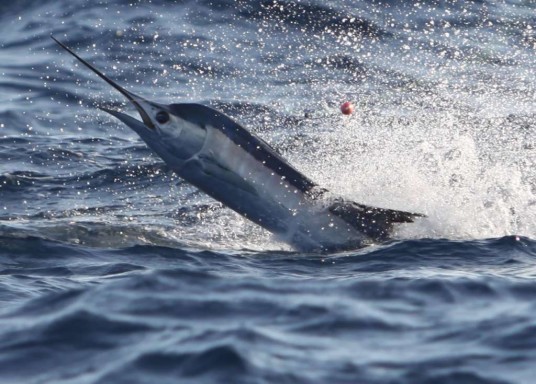 The wait is worth it for the ferocious hit. The initial blistering run when a sailfish realizes they swallowed more than a cigar minnow. That moment the line rises and the blue lance launches through the surface to reveal the the target of all our efforts. The crew roars in excitement as a splash rises revealing our tail walking target species.
The wait is worth it for the ferocious hit. The initial blistering run when a sailfish realizes they swallowed more than a cigar minnow. That moment the line rises and the blue lance launches through the surface to reveal the the target of all our efforts. The crew roars in excitement as a splash rises revealing our tail walking target species.
It’s a sailfish! Sail on the long! Let him eat it! Okay, lock it up and reel tight!
The experience of the world’s fastest fish (*species) blasting across the surface of the sea is like no other. The reel sings as the line leaves the spool. Seeing the glorious display of raw power and survival instinct as a trophy catch expolodes out of the depths. Witnessing a fish fighting with a fury for freedom as though their life depends on it. 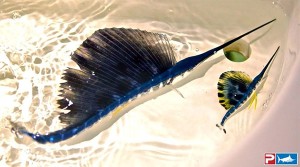 These billfish that grew from mere minnows. These powerful creatures that patrol the deep ocean currents we wander. It’s difficult to imagine the miles they’ve traveled. Difficult to comprehend the speed with which they grow, and the ferocity of their feeding habits to do so. Catching a 40-60 lb. fish on 20 lb. test requires being a coachable angler. Your captain will communicate how to fight your fish, and remind you of proper technique. With lots of unknowns in fishing, you need to be in control when you get your chances.
These billfish that grew from mere minnows. These powerful creatures that patrol the deep ocean currents we wander. It’s difficult to imagine the miles they’ve traveled. Difficult to comprehend the speed with which they grow, and the ferocity of their feeding habits to do so. Catching a 40-60 lb. fish on 20 lb. test requires being a coachable angler. Your captain will communicate how to fight your fish, and remind you of proper technique. With lots of unknowns in fishing, you need to be in control when you get your chances.
Let him run. Don’t reel while he’s taking line. Keep pressure on the rod tip, and breathe. BREATHE. You’re in for a battle. Always keep pressure on the rod tip.
 Dipping the rod just a bit while he breaches the surface, then getting tight when he starts making a charge towards the boat. We’ve seen these aggressive fish charge over a hundred yards in under 10 seconds. Larger versions of these same fish have been clocked in the Pacific ocean at OVER 68 Miles Per Hour!
Dipping the rod just a bit while he breaches the surface, then getting tight when he starts making a charge towards the boat. We’ve seen these aggressive fish charge over a hundred yards in under 10 seconds. Larger versions of these same fish have been clocked in the Pacific ocean at OVER 68 Miles Per Hour!

Trusting your crew’s experience is all you can do. Listen when they try to help with words of encouragement and excitement, and focus on your fight. This is an opportunity to join an elite group of sportfishermen who share this catch and release life experience. We always want you to succeed.
“Nice, easy, smooooth pumps. Pump up slooooow, and crank a turn or two quickly. Brace your legs on the gunnel. Follow your fish around the boat and square up.
ALWAYS keep pressure on your rod tip! Don’t EVER go slack!
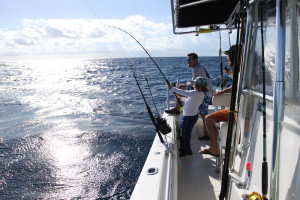 A good angler listen’s to the crew’s advice on catching big fish. A great angler retains that experience for a lifetime. We’ve had several junior anglers land big fish by being patient and listening when they are coached. Their efforts were rewarded with fish larger than they were! (see below)
A good angler listen’s to the crew’s advice on catching big fish. A great angler retains that experience for a lifetime. We’ve had several junior anglers land big fish by being patient and listening when they are coached. Their efforts were rewarded with fish larger than they were! (see below) 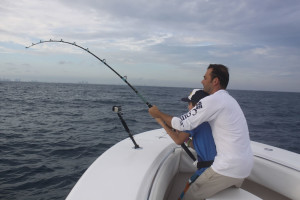 There’s just a tiny bit of pressure and bend to keep that circle hook lodged deep within the corner of your trophy fish’s mouth. That wire hook, a few knots, and a light line and leader are the only thing keeping you glued to your catch.
There’s just a tiny bit of pressure and bend to keep that circle hook lodged deep within the corner of your trophy fish’s mouth. That wire hook, a few knots, and a light line and leader are the only thing keeping you glued to your catch. 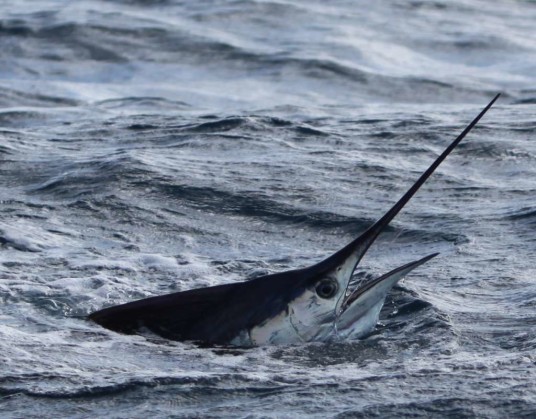
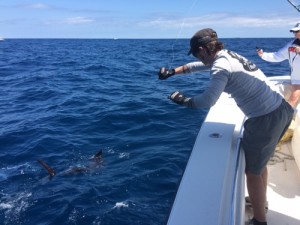 This is what we crave. That leader touch which qualifies as a catch. That glimpse of an amazing creature lit up in vibrant blues and purples swimming alongside the boat. These fish that are so prized that few in the world get to catch them. These fish that fight like no other because of their speed and ferocity.
This is what we crave. That leader touch which qualifies as a catch. That glimpse of an amazing creature lit up in vibrant blues and purples swimming alongside the boat. These fish that are so prized that few in the world get to catch them. These fish that fight like no other because of their speed and ferocity. 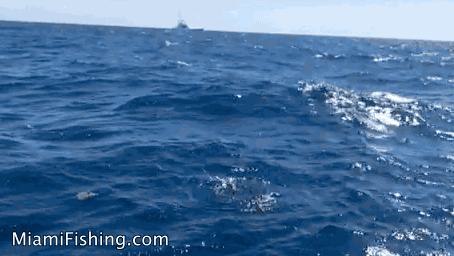 We love the majestic leaps boat side. Our favorite fish put on a word class show that helps you to appreciate all their power and beauty. We love when our customers get that iphone video, or that SLR photo of a great fish on a wonderful sunny south florida day. Kitefishing for sailfish in Miami is meant to be the experience of a lifetime – and that’s the standard we strive for on every trip. For those friendly freshwater fisherman, we want to help you catch the biggest fish you’ve ever caught. We want you to get the hero shot to send to your buddies stuck in the office up north where it’s snowing. We know you worked hard to get here, and we’re going to work hard to get that fish. We want you to get that facebook photo to share with your friends.
We love the majestic leaps boat side. Our favorite fish put on a word class show that helps you to appreciate all their power and beauty. We love when our customers get that iphone video, or that SLR photo of a great fish on a wonderful sunny south florida day. Kitefishing for sailfish in Miami is meant to be the experience of a lifetime – and that’s the standard we strive for on every trip. For those friendly freshwater fisherman, we want to help you catch the biggest fish you’ve ever caught. We want you to get the hero shot to send to your buddies stuck in the office up north where it’s snowing. We know you worked hard to get here, and we’re going to work hard to get that fish. We want you to get that facebook photo to share with your friends.
Get on the coffin box, and smile for a quick photo.
Don’t worry about your phone…We’ll email it to you!!!
Hurry – this has gotta be quick!
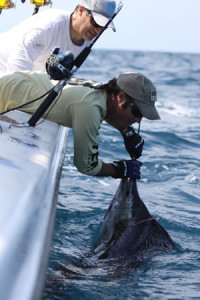 We pull fish out of the water for no more than two minutes to get a quick photo. Being very careful to hold them properly. Larger fish we leave in the water. All fish are fully revived by running water over their gills, and we try to tag our fish for Billfish foundation research. A billfish release requires a lot of preparation. Guys like Capt. Ben, Nel, Bouncer, Orlando, Gil, and Jimbo make it look easy. They’ve been doing it for decades. Every trip requires checking terminal tackle. Lines must be rigged, knots must be tied, weights must be checked. Three pairs of kites for varying wind speeds, with some backups, and electric reels for quick retrieve are all essentials. Leaders are pre-made to save time fishing during the day. Lines are stretched and spun out, and weights, rubberbands, rigging needles, de-hookers, and chum bags are all restocked on the must have list.
We pull fish out of the water for no more than two minutes to get a quick photo. Being very careful to hold them properly. Larger fish we leave in the water. All fish are fully revived by running water over their gills, and we try to tag our fish for Billfish foundation research. A billfish release requires a lot of preparation. Guys like Capt. Ben, Nel, Bouncer, Orlando, Gil, and Jimbo make it look easy. They’ve been doing it for decades. Every trip requires checking terminal tackle. Lines must be rigged, knots must be tied, weights must be checked. Three pairs of kites for varying wind speeds, with some backups, and electric reels for quick retrieve are all essentials. Leaders are pre-made to save time fishing during the day. Lines are stretched and spun out, and weights, rubberbands, rigging needles, de-hookers, and chum bags are all restocked on the must have list. 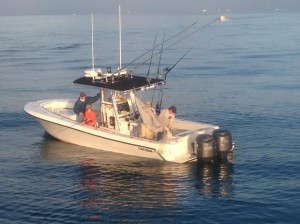 Before you can fish effectively you need live bait. You have to be able to throw and completely open (or pancake) that 14 foot net on the pilchards 100% of the time all the time. Believe me – it looks really easy — until you try it. This also means functioning bait pumps flowing freely with high capacity wells to keep your prized bait frisky when you bag that big net full. A net full of live bait means a good day off shore. You’ll need the right flourocarbon sabikis, big blocks of double ground chum, a proper chum bag, and accurate numbers for the bait spots. You’ll need ice, coolers, gaffs, and quality rod/reel combos to fight those fish. You’ll pay the extraordinary price for flourocarbon leaders to achieve that little edge that might make the difference when a school of fish swims through. Every detail counts on slow days.
Before you can fish effectively you need live bait. You have to be able to throw and completely open (or pancake) that 14 foot net on the pilchards 100% of the time all the time. Believe me – it looks really easy — until you try it. This also means functioning bait pumps flowing freely with high capacity wells to keep your prized bait frisky when you bag that big net full. A net full of live bait means a good day off shore. You’ll need the right flourocarbon sabikis, big blocks of double ground chum, a proper chum bag, and accurate numbers for the bait spots. You’ll need ice, coolers, gaffs, and quality rod/reel combos to fight those fish. You’ll pay the extraordinary price for flourocarbon leaders to achieve that little edge that might make the difference when a school of fish swims through. Every detail counts on slow days. 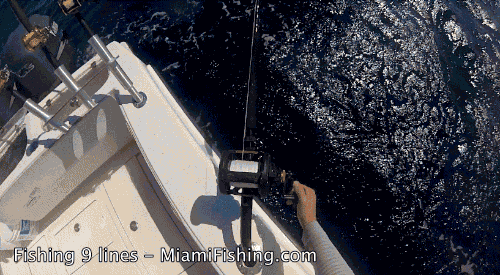 We run up to 10 fishing lines at a time to cover a wide spread and depth to find the fish. 6 lines on the kites, a couple midwater rods, and a bottom rod decorate every inch of our 31′ contender.
We run up to 10 fishing lines at a time to cover a wide spread and depth to find the fish. 6 lines on the kites, a couple midwater rods, and a bottom rod decorate every inch of our 31′ contender. 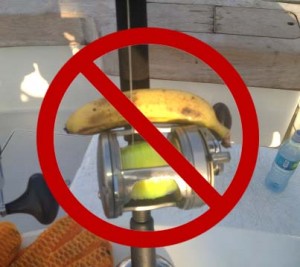 These details are seemingly endless. Offshore fishing requires a compulsion for details that borders on obsessive. Tides, current, weather, water color, air temperature, water temperature, and an endless array of other factors that will ultimately lead any rational human being to a healthy fear of bananas on a boat.
These details are seemingly endless. Offshore fishing requires a compulsion for details that borders on obsessive. Tides, current, weather, water color, air temperature, water temperature, and an endless array of other factors that will ultimately lead any rational human being to a healthy fear of bananas on a boat.
We live for this. We are offshore fisherman and we crave it. The summer months of heat and humidity in Miami help keep us humble while we fix our boats, and think about the excitement to come. When we’re fixing the boat, we get the “boatyard blues” thinking about getting back on the water and riding again. We ache to venture off passed the Key Biscayne lighthouse and into the ocean’s morning beauty as the sun creeps up over the horizon. These glorious windy winter months where the kites fly high and sailfish ride the rollers. Their tails lit up a bright purple while they scatter a school of flying fish. Their sails cut through the waves circling on a unsuspecting goggle eye hanging from the kite line in the red morning light of an southwest Atlantic sunrise. Their bill blasts through the blue as they explode on that doomed baitfish. 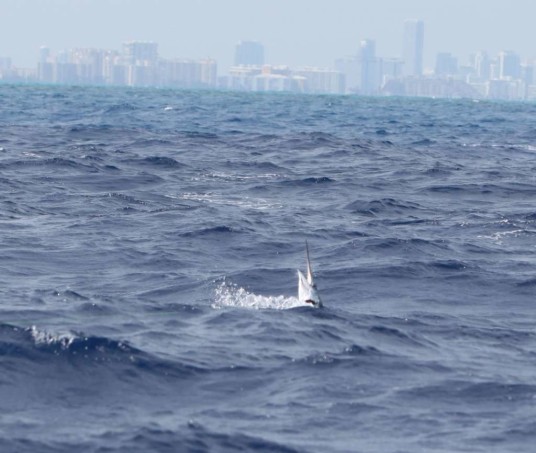 The cooler winter months bring large schools of these migratory billfish. Their numbers have seemingly increased with the high adoption of circle hooks, and a catch and release sportsman’s attitude towards the fishery. The efforts of the billfish foundation, and charter captains who respect their fishery has helped to preserve these amazing fish for generations to come.
The cooler winter months bring large schools of these migratory billfish. Their numbers have seemingly increased with the high adoption of circle hooks, and a catch and release sportsman’s attitude towards the fishery. The efforts of the billfish foundation, and charter captains who respect their fishery has helped to preserve these amazing fish for generations to come. 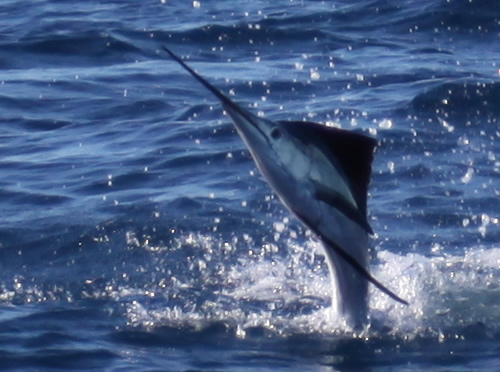 These beautiful blue billfish have been clocked at speeds of over 68 miles per hour. This makes the sailfish faster than wahoo, marlin, tuna, and other incredibly agile pelagic predators. If you’ve seen a sailfish make a blistering run for blue water, you know that they are among the fastest fish that swims regardless of ocean.
These beautiful blue billfish have been clocked at speeds of over 68 miles per hour. This makes the sailfish faster than wahoo, marlin, tuna, and other incredibly agile pelagic predators. If you’ve seen a sailfish make a blistering run for blue water, you know that they are among the fastest fish that swims regardless of ocean. 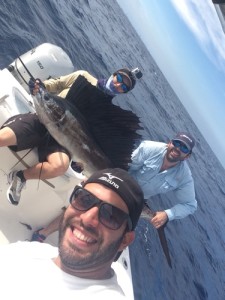 Watching a sailfish tailwalk on top of the water in an angry breach is an experience we love to give our anglers. It’s a show like no other that never gets old. It’s a lifelong memory that we preserve with videos, great photos, and even the occasional selfie. #sailfishselfie Running an offshore fishing charter business has been among the most challenging experiences of my life. Fishing is the easy and fun part. Maintaining a boat is the part that takes more time and dedication than I could have ever imagined. It takes a love of the hunt to maintain this dedication. It’s only through your business that we keep this dream alive, and we thank you for it. This wonderful fish keeps us coming back for more. It’s why I offer such an epic ode to something so seemingly simple. An Atlantic sailfish is the closest most of us will ever come to an “Old Man and the Sea” experience…but no book will ever give the experience of catching a billfish – but the Marauder crew can…
Watching a sailfish tailwalk on top of the water in an angry breach is an experience we love to give our anglers. It’s a show like no other that never gets old. It’s a lifelong memory that we preserve with videos, great photos, and even the occasional selfie. #sailfishselfie Running an offshore fishing charter business has been among the most challenging experiences of my life. Fishing is the easy and fun part. Maintaining a boat is the part that takes more time and dedication than I could have ever imagined. It takes a love of the hunt to maintain this dedication. It’s only through your business that we keep this dream alive, and we thank you for it. This wonderful fish keeps us coming back for more. It’s why I offer such an epic ode to something so seemingly simple. An Atlantic sailfish is the closest most of us will ever come to an “Old Man and the Sea” experience…but no book will ever give the experience of catching a billfish – but the Marauder crew can…
It is better to be lucky. But i would rather be exact.. Then when luck comes you are ready. — Earnest Hemingway
Kitefishing season is here. We hope you can join us to enjoy the billfish experience aboard the Marauder. Here’s a few of our favorite photos from last season…
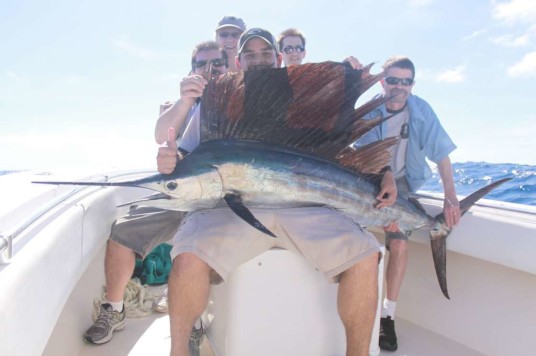


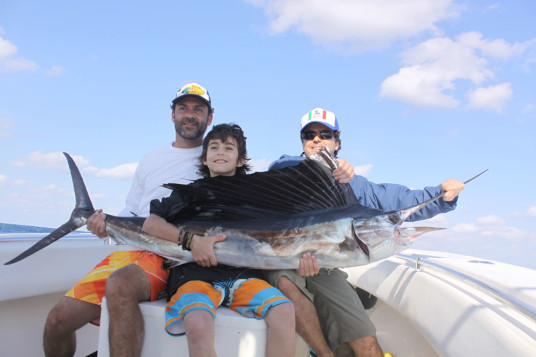
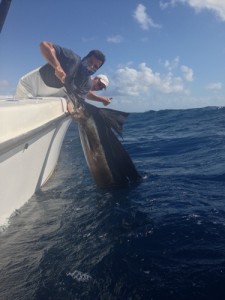
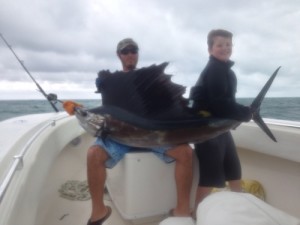
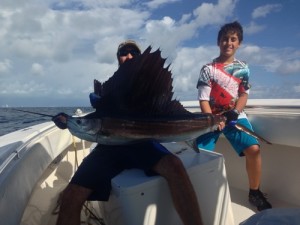 We’re filling up our winter weekends, and ready to start dusting off the kites and catching sails. Check our remaining availability by clicking here:
We’re filling up our winter weekends, and ready to start dusting off the kites and catching sails. Check our remaining availability by clicking here:



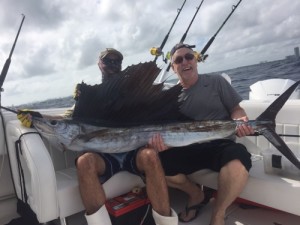

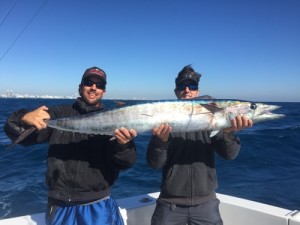
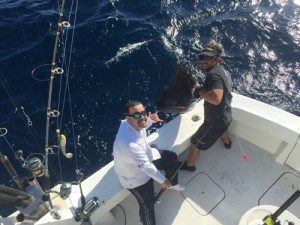
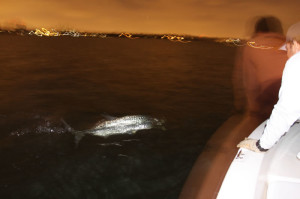
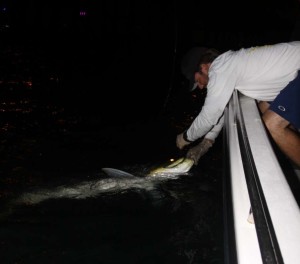
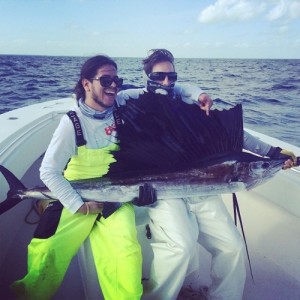
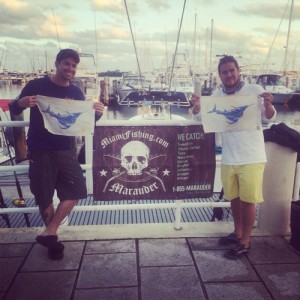
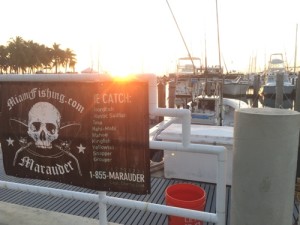 It was a long day that started early, and ended late, but made for a great trip, and some happy customers. It’s great to be back on the water running trips, and catching fish. Our late winter, and spring weekends are definitely filling up. If you have a chance to get out on the water and join us, please feel free to give us a call.
It was a long day that started early, and ended late, but made for a great trip, and some happy customers. It’s great to be back on the water running trips, and catching fish. Our late winter, and spring weekends are definitely filling up. If you have a chance to get out on the water and join us, please feel free to give us a call.
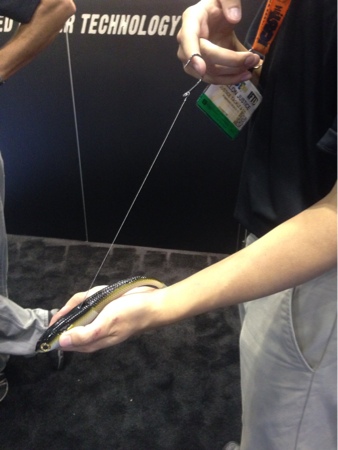
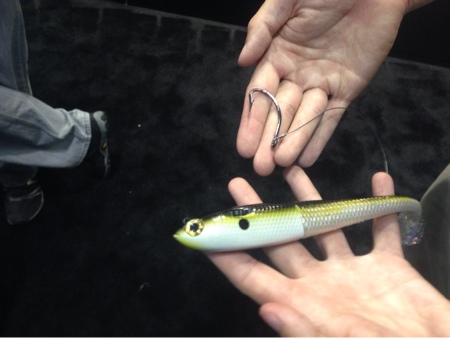
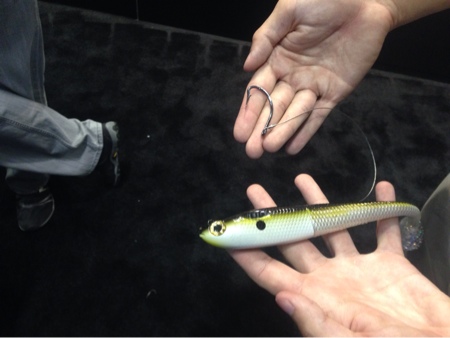
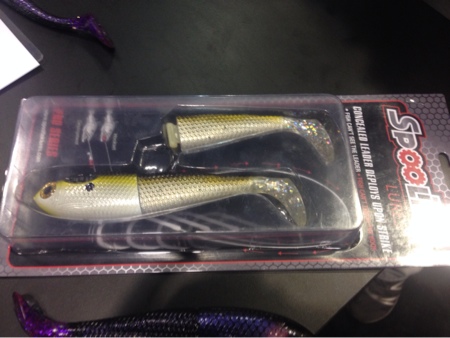
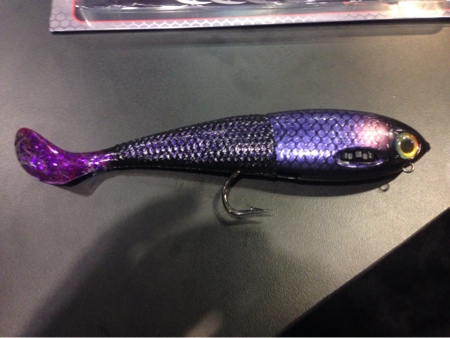
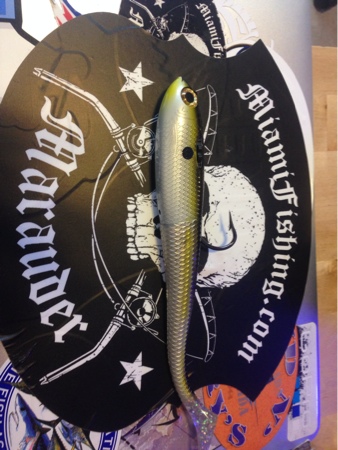
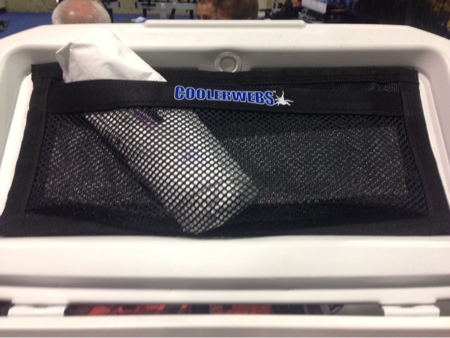


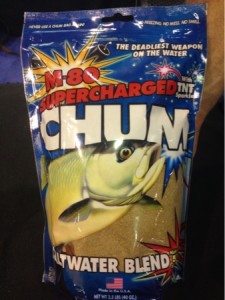
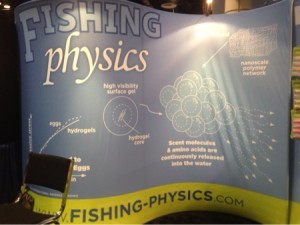



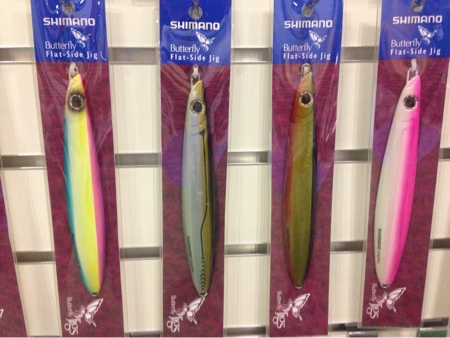
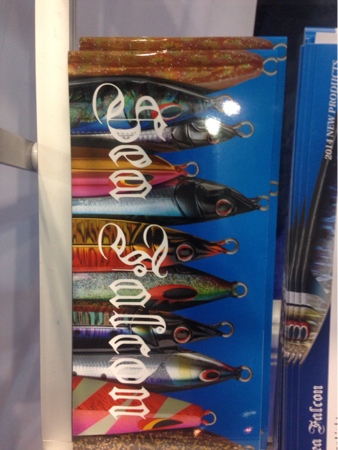

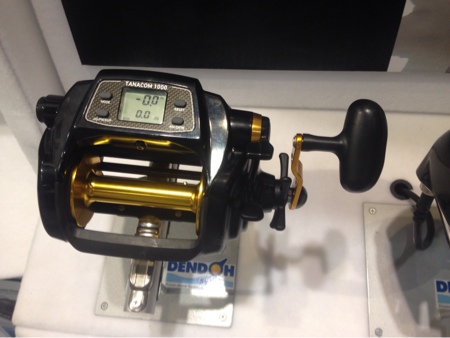



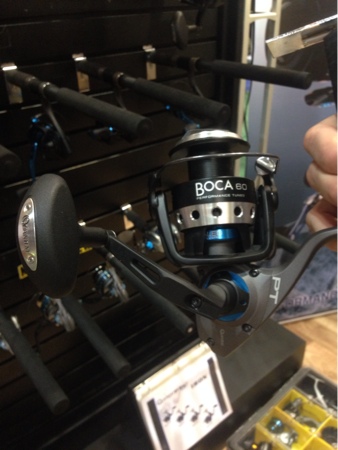

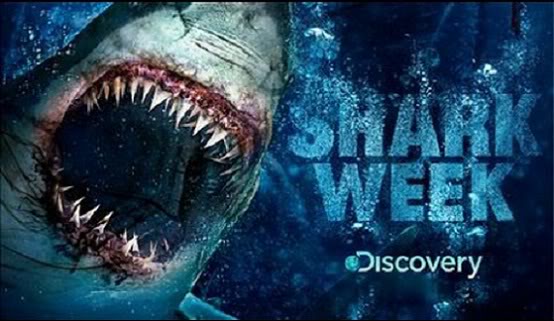


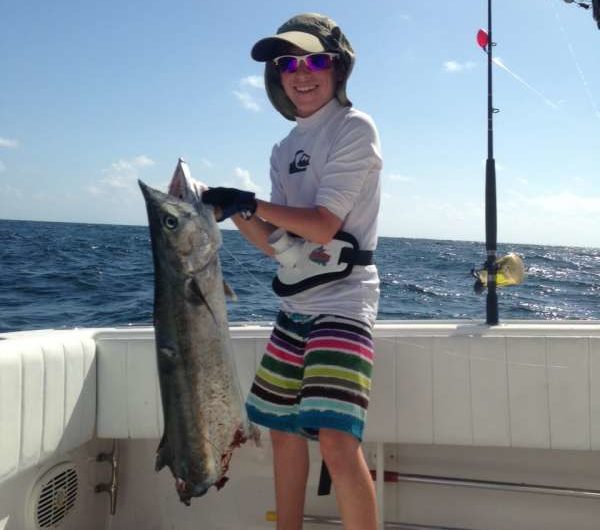


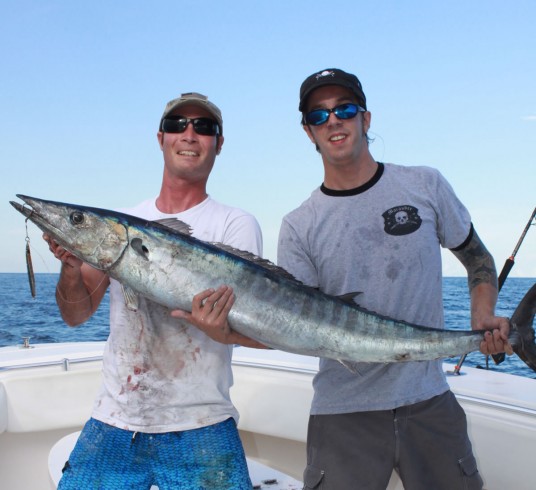
 If this sounds gross to you, you can stop reading now, and please don’t ever actually find out where your hamburger (or even frozen veggie burgers) come from. Clean your fish with care, and place the fillets on ice. If you’re planning to prepare sushi, it will actually taste best after 24-36 hours unfrozen on ice. This gives the fish proper time develop the flavor that comes from the meat breaking down.
If this sounds gross to you, you can stop reading now, and please don’t ever actually find out where your hamburger (or even frozen veggie burgers) come from. Clean your fish with care, and place the fillets on ice. If you’re planning to prepare sushi, it will actually taste best after 24-36 hours unfrozen on ice. This gives the fish proper time develop the flavor that comes from the meat breaking down.


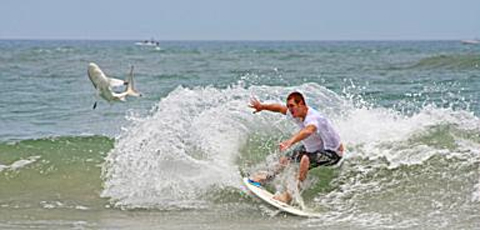
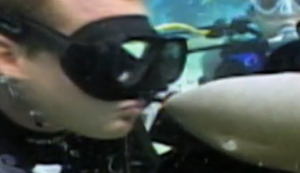
 That’s right –
That’s right – 